The Hidden Psychology of Wood Grains: How Surface Patterns Influence Interior Moods
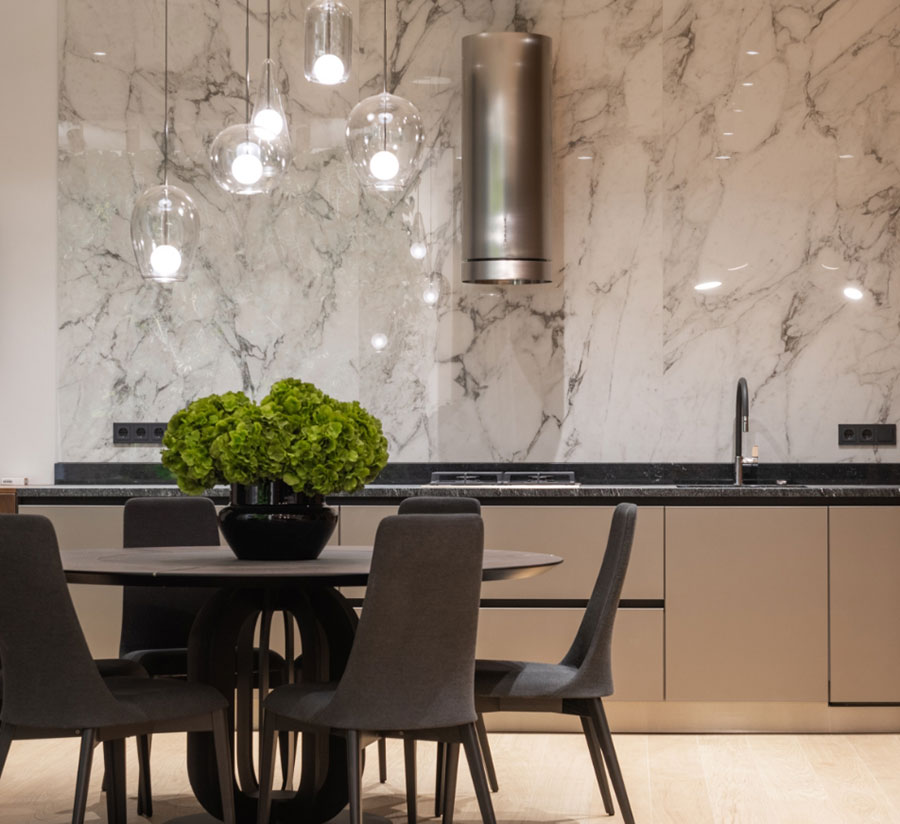
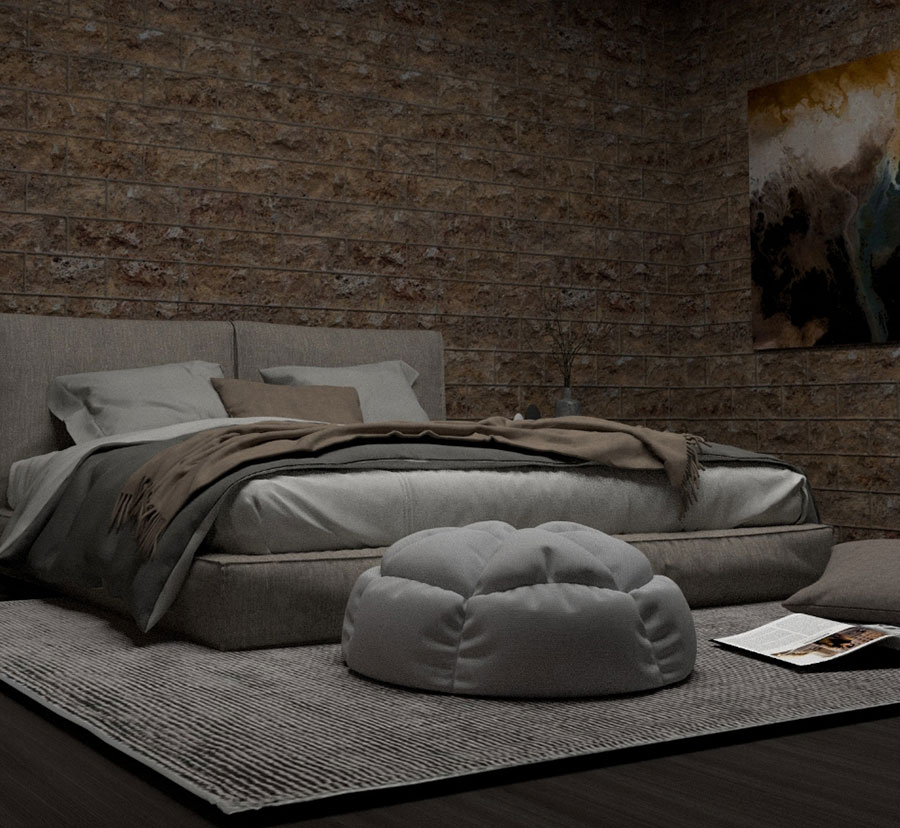
In the realm of interior design, we often focus on color schemes, furniture placement, and lighting, but there’s a subtle yet powerful element that significantly impacts our psychological well-being: wood grain patterns. The intricate lines, swirls, and textures found in wood surfaces communicate with our subconscious mind, influencing our emotions, productivity, and overall comfort within a space. Understanding this hidden psychology can transform how we design our homes and workplaces, creating environments that not only look beautiful but also feel harmonious and supportive of our mental health.
The Science Behind Wood Grain Psychology
Wood grain patterns have been part of human environments for millennia, and our brains have evolved to respond to these natural textures in specific ways. Research in environmental psychology reveals that organic patterns, particularly those found in wood, trigger positive neurological responses. The irregular yet rhythmic nature of wood grains creates a sense of visual flow that our eyes naturally follow, reducing stress and promoting relaxation.
The direction, density, and contrast of wood grain patterns can either energize or calm us. Straight, uniform grains tend to create a sense of stability and focus, making them ideal for workspaces where concentration is key. Conversely, more dramatic, swirling patterns can stimulate creativity and add visual interest to spaces where we want to feel inspired and engaged.
How Different Wood Grain Patterns Affect Our Emotions
Straight Grain Patterns
Straight, parallel grain lines create a sense of order and tranquility. These patterns are psychologically associated with stability, reliability, and calm focus. When incorporated into interior spaces, straight grain patterns can help reduce anxiety and promote a sense of groundedness. They’re particularly effective in bedrooms and study areas where peace of mind is essential.
Wavy and Curved Grain Patterns
Flowing, undulating grain patterns evoke feelings of movement and natural rhythm. These organic curves remind us of water flow or gentle wind patterns, triggering subconscious associations with nature’s calming influence. Spaces featuring wavy grain patterns often feel more dynamic and alive, making them perfect for living rooms and creative spaces where we want to feel energized yet relaxed.
Tight Grain Patterns
Dense, closely spaced grain lines create a sense of sophistication and attention to detail. These patterns can make spaces feel more refined and professional, which is why they’re often chosen for executive offices and formal dining areas. However, overly tight patterns can sometimes feel overwhelming in smaller spaces, so balance is key.
Bold, Contrasting Grain Patterns
Dramatic grain patterns with high contrast between light and dark areas create visual impact and can serve as natural focal points. These patterns stimulate the visual cortex and can enhance alertness and creativity. They work exceptionally well as accent walls or statement pieces in spaces where you want to create visual interest and conversation.
Psychological Impact in Different Spaces
Bedrooms: Creating Restorative Environments
The bedroom is our sanctuary for rest and rejuvenation, making the choice of wood grain patterns crucial for sleep quality and relaxation. Gentle, flowing grain patterns in warm tones can create a cocoon-like atmosphere that promotes deep relaxation. Woodon Decor’s sophisticated panel designs understand this psychology, offering patterns that help transition the mind from the day’s activities to peaceful rest.
Avoid overly busy or high-contrast grain patterns in bedrooms, as they can stimulate the mind when you’re trying to wind down. Instead, opt for subtle, consistent patterns that create visual softness and warmth. The key is to choose patterns that feel embracing rather than stimulating.
Offices: Enhancing Productivity and Focus
In work environments, wood grain patterns can significantly impact productivity, creativity, and job satisfaction. Straight grain patterns running horizontally can create a sense of forward momentum and progress, while vertical grains can make spaces feel more formal and organized. The MDF Comet Series exemplifies how modern manufacturing can create grain patterns specifically designed to enhance workplace psychology.
For collaborative spaces, consider grain patterns with gentle curves that encourage flow and communication. For individual work areas, more structured patterns can help maintain focus and reduce distractions. The texture and visual rhythm of wood grains can also help reduce eye strain from prolonged screen time, providing a natural visual break that refreshes the mind.
Kitchens: Balancing Energy and Warmth
Kitchens are active spaces where we need both energy for cooking and warmth for gathering. Wood grain patterns in kitchens should strike a balance between stimulating activity and creating a welcoming atmosphere. Medium-contrast grain patterns work well here, providing visual interest without overwhelming the senses.
Consider how different grain patterns interact with kitchen activities. Busy, chaotic patterns might make food preparation feel more stressful, while overly plain surfaces might make the space feel sterile. The goal is to create a pattern that feels alive and organic while supporting the functional needs of the space.
Living Rooms: Fostering Connection and Comfort
Living rooms are social spaces where we relax, entertain, and connect with others. Wood grain patterns in these areas should feel inviting and comfortable while providing visual interest for conversation. Flowing, organic patterns can create a sense of natural rhythm that encourages relaxation and social interaction.
The scale of grain patterns matters significantly in living rooms. Large, dramatic patterns can serve as artwork and conversation starters, while smaller, more subtle patterns provide a calming backdrop for social activities. Woodon Decor recognizes this balance, creating nationally loved products that understand the social psychology of shared spaces.
The Role of Texture in Psychological Response
Beyond visual patterns, the physical texture of wood surfaces plays a crucial role in our psychological response to spaces. Smooth, polished surfaces create a sense of sophistication and cleanliness, while textured surfaces feel more organic and approachable. The tactile experience of wood grain can trigger memories and emotions, making spaces feel more personal and emotionally connected.
Textured surfaces also affect how we perceive space and light. Subtle texture variations can create depth and visual interest without overwhelming the senses, while smooth surfaces reflect light more directly, creating brighter, more energetic environments.
Modern Manufacturing and Psychological Design
Today’s advanced manufacturing techniques allow for unprecedented control over wood grain patterns and their psychological impact. The MDF Comet Series represents this evolution, combining traditional wood aesthetics with modern understanding of environmental psychology. These panels can be designed to evoke specific emotional responses while maintaining the durability and consistency that modern interiors demand.
Modern prelam panels offer designers the ability to select grain patterns based on their psychological properties rather than being limited to natural wood variations. This control allows for more intentional design choices that can genuinely improve the well-being of space occupants.
Creating Harmonious Grain Combinations
When working with multiple wood grain patterns in a single space, understanding their psychological interactions becomes crucial. Contrasting patterns can create visual tension that energizes a space, while harmonious patterns create flow and continuity. The key is to consider how different patterns will interact both visually and psychologically.
Consider creating a hierarchy of grain patterns within a space, using bold patterns for focal points and subtle patterns for background elements. This approach allows you to harness the psychological benefits of different patterns while maintaining visual harmony.
The Future of Psychologically-Informed Design
As our understanding of environmental psychology continues to evolve, so too does our approach to interior design. Wood grain patterns are no longer just aesthetic choices but tools for creating spaces that actively support human well-being. Woodon Decor continues to innovate in this space, developing nationally loved products that combine beautiful design with psychological insight.
The future of interior design lies in this intersection of aesthetics and psychology, where every design choice is made with consideration for its impact on human well-being. By understanding the hidden psychology of wood grains, we can create spaces that not only look beautiful but also feel nurturing, productive, and emotionally supportive.
Conclusion
The psychology of wood grain patterns represents a fascinating intersection of natural beauty and human psychology. By understanding how different grain patterns affect our emotions, productivity, and well-being, we can make more informed design choices that create truly supportive environments. Whether you’re designing a peaceful bedroom, a productive office, or a welcoming living space, the subtle language of wood grains can help you create spaces that speak to both the eye and the soul.
As we continue to spend more time in interior spaces, the importance of psychologically-informed design becomes ever more apparent. The MDF Comet Series and other innovative products from Woodon Decor represent the future of interior design, where beauty and psychology work hand in hand to create spaces that truly enhance human life. By paying attention to these hidden psychological influences, we can create interiors that not only look beautiful but also feel like home in the deepest sense of the word.
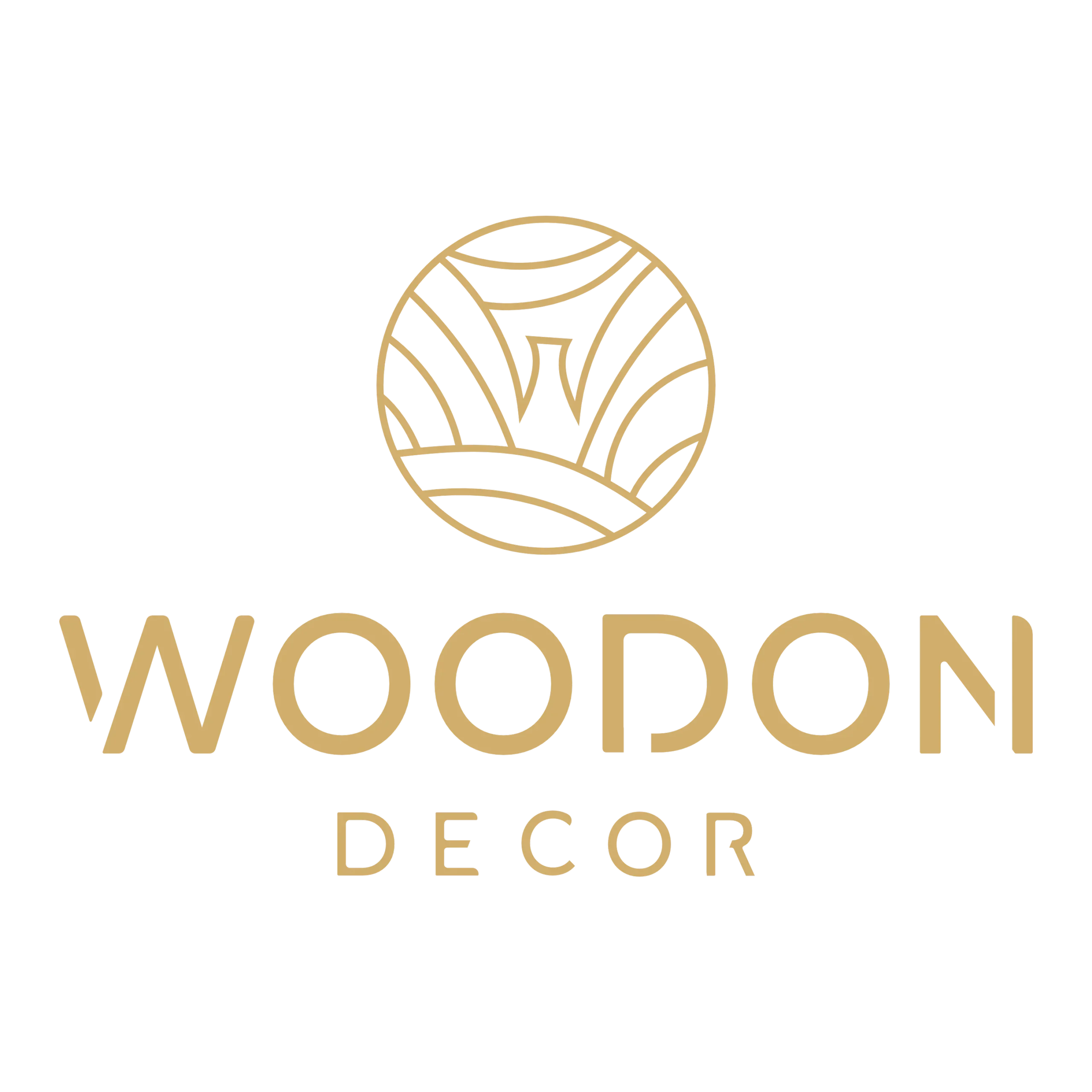

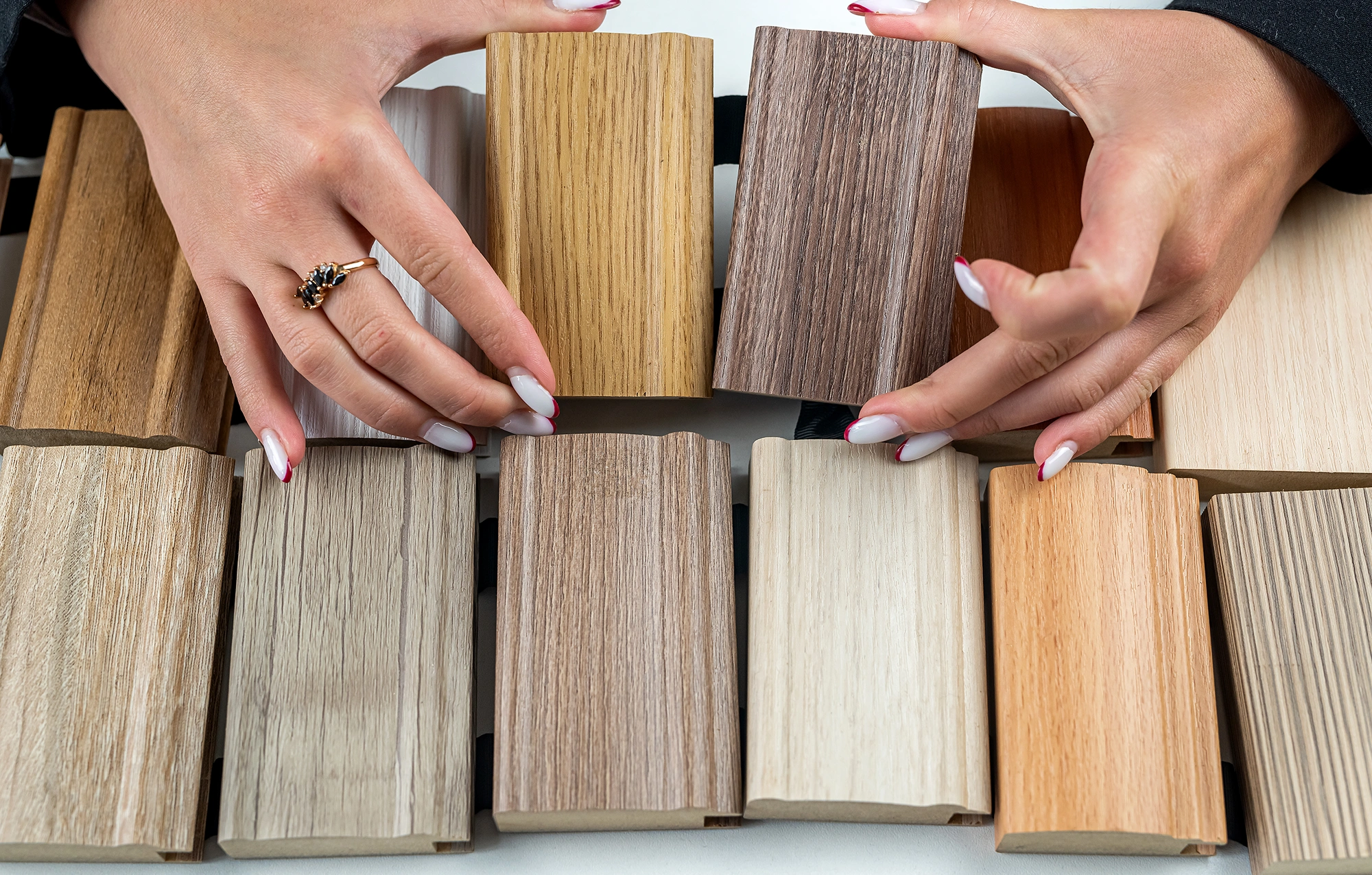
Leave a Reply